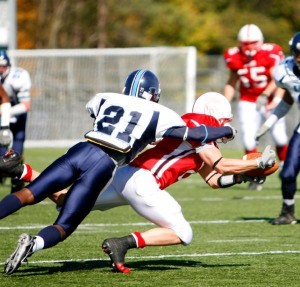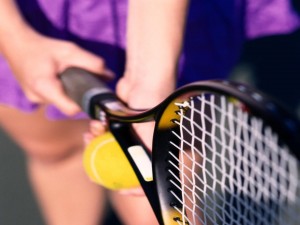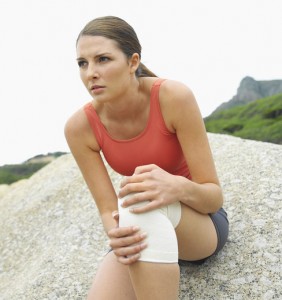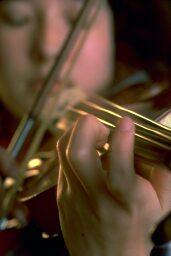Back to School and Chiropractic Family Care
Friday, August 12th, 2011 With summer now winding down, many of us with children are beginning to turn our attention to the upcoming school year. Along with getting the necessary school supplies, clothes, and shoes, it’s also a good time to reconnect with your children’s healthcare professionals. Of course, you should have readily available the contact details of your pediatrician and dentist. However, with school sports programs starting in the early fall, it’s also a smart idea to include the phone number of a chiropractor who specializes in family care.
With summer now winding down, many of us with children are beginning to turn our attention to the upcoming school year. Along with getting the necessary school supplies, clothes, and shoes, it’s also a good time to reconnect with your children’s healthcare professionals. Of course, you should have readily available the contact details of your pediatrician and dentist. However, with school sports programs starting in the early fall, it’s also a smart idea to include the phone number of a chiropractor who specializes in family care.
School sports-related injuries have become increasingly common. This certainly includes broken bones due to contact sports such as football and basketball. However, soft tissue injuries affecting muscles, tendons, and ligaments are happening more frequently as children are increasingly participating in competitive sports, and at a younger age.
While some of these injuries will heal on their own by taking the RICE approach of Rest, Ice, Compression, and Elevation, others will be more serious requiring the care of a doctor with special training in these types of injuries.
Strains and sprains are the most common types of soft tissue injuries and commonly occur in active children who do sports or just play hard. They often happen due to ankle twisting or by a trip or fall. Symptoms are typically similar to those of a broken bone. If an injured area is significantly painful, bruised, or swollen, it is a good idea to seek medical assistance. In many cases, a splint or temporary cast can support and protect the injured area until it is healed.
Other times, follow-up care that includes specialized chiropractic treatments such as Active Release Technique (ART) can help separate, release, and stretch connective tissue to help restore the vascular and lymphatic circulation of the injured area. The goal is always to increase range of motion, strength, and flexibility while also eliminating pain and discomfort. These treatments can also help prevent re-injury.
Without a doubt, school sports can help children gain confidence and self- esteem, and also help promote long-term health and fitness. By taking a proactive approach when sports-related injuries occur, you can help your child heal quicker while also minimizing the chance of chronic or permanent injuries.










